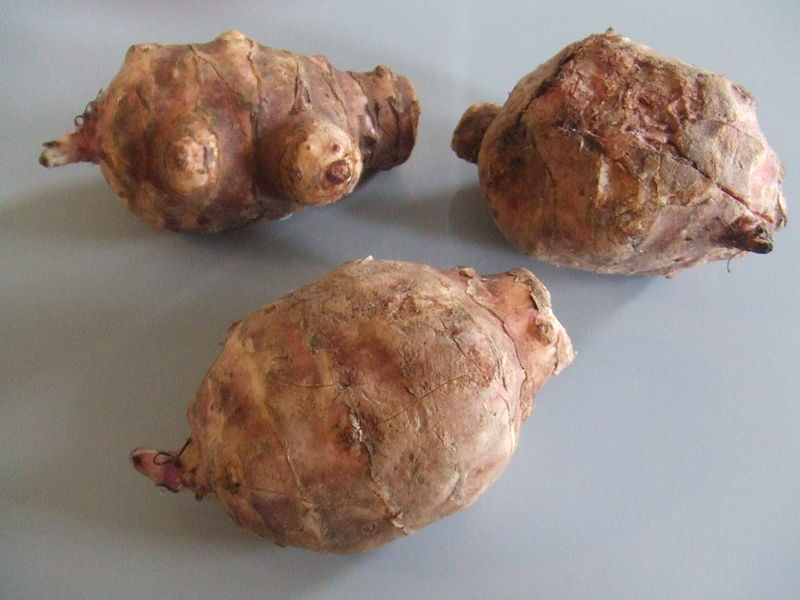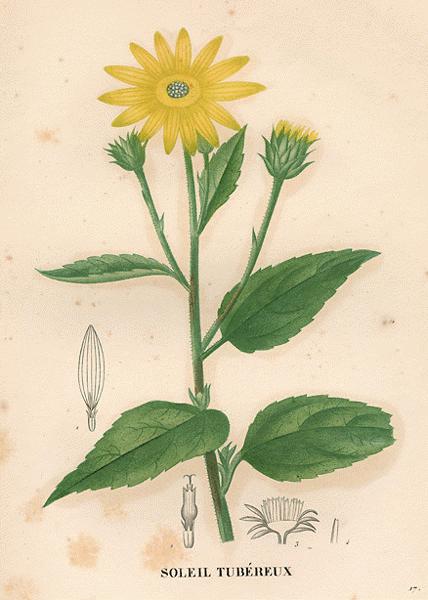

Table tubers.
The J. A. was brought to the attention of Europeans as part of the Columbian Exchange. Wondrous new things were brought to the Old World, such as cocaine, coffee, and syphilis. The New World received mirrors, smallpox blankets, flat globes, and Europeans. A symbiotic swap if there ever was one!

Anyway, back to the Jerusalem Artichoke. How did it get its name, you might ask? (You probably wouldn't, hypothetically, but let's proceed with this thought experiment.) Although some "botantists," like that BabyBjorn wearing know-it-all Loren Rieseberg, might tell you that "Jerusalem" is a folk etymology, derived from the Italian world for sun flower, girasole, they would be wrong. As wrong as wearing a BabyBjorn in public.
Knowledgable Pseudobotanists, like myself, know that it is called Jerusalem because it was originally discovered by the Nephites, specifically their leader, Nephi, when they arrived in the New World in 589 BCE. Nephi named the plant after his hometown, because radiance of its brilliant yellow flowers reminded him of the gilded ark so familiar from the Temple. As for artichoke, well, it was just a PR move. Everyone knows that adding a super-trendy moniker really spiffs up a dismal product--Just ask Eric the Red. Nephi's Jerusalem Artichoke plantations didn't work out, though, probably, as the The Pearl of Great Price speculates, because he had Attention Deficit Disorder (ADD). And he started selling pearls for exorbant amounts of sheckles instead.
Claude Monet, 1880.
But what uses does it have, you ask? You can eat it, make liquor out of it, use it for fuel, and it makes a great doorstop. Some even believe it has healing powers, perhaps because of the J-town connection. Its most important role, though, is as a plant in garden catalogues, serving its useful purpose as something Pretentious Gardeners can order and use to impress their friends.
Well, that is about all for the "King of Neglected Tubers," the Jerusalem Artichoke. Join me next time, as I share further knowledge from the Curiosity Cabinet. In the meantime, I will be sitting by the fireplace, waiting for my ravens to return as I burn my collection of Magic Eye desk calenders.

Never in my life have I been so enlightened. You, sir, are truly a connoisseur of excellence.
ReplyDelete